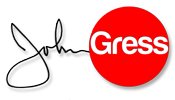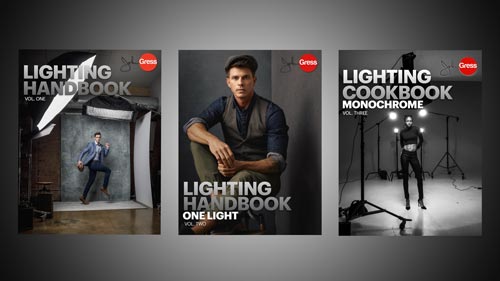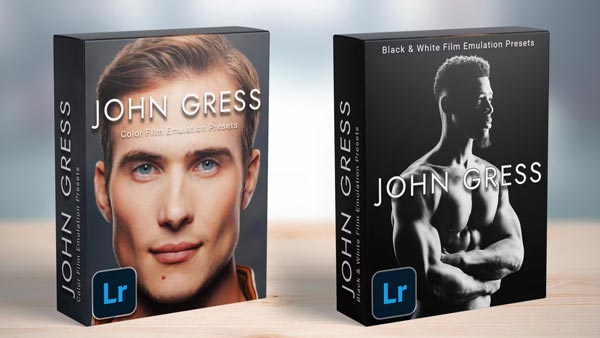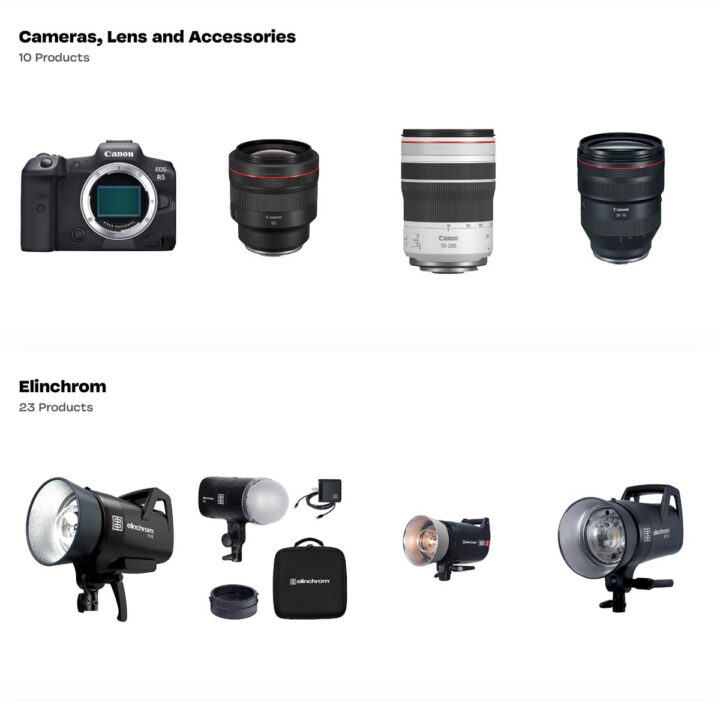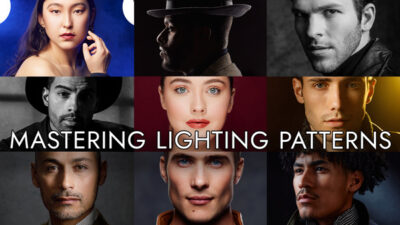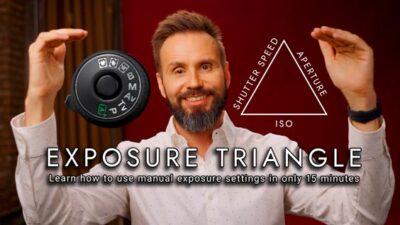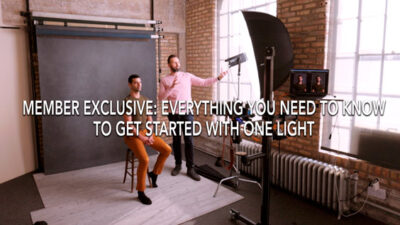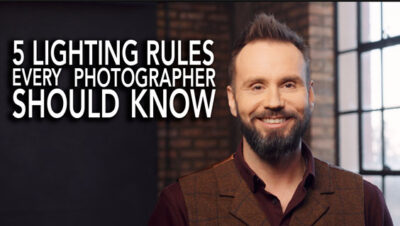;
Each light on set plays a specific role and each of those roles has a name. Today’s video covers portrait lighting for beginners/ I’m going to break down common vocabulary that I’m sure you’ve heard like main light, kicker, fill, rim, hair light, background light and edge lights. Plus I am going to give an overview of grip gear including flags, C-stands, booms, grip heads and grip arms.That way when you hear people use these terms you wont be in the dark and you can also get an idea how you might use lighting during your next studio photography session. And even if you feel like you have got this stuff down, I’m sure you’ll find several really good portrait photography tips in this video!
V-FLAT WORLD Foldable V-Flat, Set of 2, Black/White
Adorama https://howl.me/cjGcCZBleDO
Amazon https://amzn.to/3NI0f29
B&H https://bhpho.to/3VD8tKR
V-Flat World https://bit.ly/3fXqaid
Kupo Baby Boom, Extends from 3.8-7.8′, Steel
Adorama https://howl.me/cl3LkYR5m55
Amazon https://amzn.to/3U1F90r
B&H https://bhpho.to/3kiLiHe
Kupo 2 1/2-inch grip head
Adorama https://howl.me/cjFvl0lfG7I
Amazon https://amzn.to/2Dm1LDY
B&H https://bhpho.to/3iIdbrU
Kupo 40-Inch Hex Grip Arm with Handle (Silver)
Adorama https://howl.me/cjCnQFRZ66
Amazon https://amzn.to/42pT1E9
B&H https://bhpho.to/42k9PfA
Kupo 40″ Master C-Stand with Turtle Base Kit
Adorama https://howl.me/ckrng8iYyzH
Amazon https://amzn.to/3YPVPtD
B&H https://bhpho.to/47OKQVB
Aimosen 8 Packs Sandbags
Amazon https://amzn.to/4ayM5Jk
This video is brought to you by Evoto
Welcome back everyone I hope that you’re having a great day. As you look at this behind the scenes image of Jeff you will notice a lot of gear! Each one of these lights is playing a specific role and each of those roles has a name. In today’s video I’m gonna break down for you some common vocabulary that I’m sure you’ve heard like main light, kicker, fill, rim, hair light, background light and edge lights. Plus I am going to give an overview of grip gear including flags C-stands, booms, grip heads and grip arms.That way when you hear people like me use these terms you wont be in the dark and you can also get an idea how you might use lighting during your next portrait session. And even if you feel like you have got this stuff down, I’m sure you’ll find several really good tips in this video!
Everyone has a name for every position where they place a flash on set, wether they are on location on in the studio. And to make things even more confusing there are often multiple names for the same thing! But don’t worry, you will have all of this down by the end of the video.
For the purpose of this discussion, we’re going to talk about lighting positions as hours on a clock with the photographer standing at 6 o’clock and the subject in the middle.
If you want want to check out any of the gear I use in my work there will be links below and on screen and clicking on them will help support me to make more videos like this. You could also leave a super thanks below and don’t forget to like, subscribe and sign up for the bell.
Key Light
The key light or main light probably got its name because it’s the key or main light in your set up. It’s normally going to be the light hitting your subject’s face and it’s brightness is going to predominantly determine your exposure. Often times people will use a softbox, umbrella or beauty dish for this type of light.
The key light is usually going to be somewhere between four and 8 o’clock and if you’re using a beauty dish it doesn’t have to be at 6 o’clock, it can be wherever you wanna put it. Dont let people try to tell you that a beauty dish has to be at 6 o’clock, you can use any modifier any place that you want so long as it looks good to you and it speaks to your creative vision.
Side Light
If you place your key light at 3 o’clock or 9 o’clock, it will be referred to as a side light, or split lighting, which will typically cause only half of your subjects face is illuminated. I’m personally not a fan of this type of lighting, so you won’t see it very often on my timeline, mostly because I want there to be light on both of my subjects eyes. Side lighting can also be very unflattering for people with bad skin, because it will show all the texture in their complexion.
Fill
Fill is simply a light that you use to fill in the shadows of your scene. Often times it’s going to be in a soft modifier and darker than your key or main light. Its main purpose is to preserve details in the shadows, and it can also fill in wrinkles making people look more youthful. You can use a light behind the camera, under the camera or on the side of the set opposite the main light. You can also bounce a light off of a ceiling or position a Vflat to reflect light back into the shadows from your other lights.
The phrase “key light” should not be confused with “high key lighting,” which just means that you have a low contrast scene that’s fairly evenly lit, and likely, a bright background. You can achieve this by using a large key light and bright fill light. High key images are going to feel bright, welcoming, happy and commercial.
On the other hand “low key lighting” is typically going to feature a smaller main light source, less shadow detail and therefore more contrast. The images are going to feel dark overall and dramatic.
Sometimes your key light or fill light might end up with your subjects glasses and you can often avoid this my angling the light, but lets face it, sometimes things don’t always go according to plan, like this image with Kasan and that is where Evoto comes in, today sponsor. They just added a glass reflection removal tool to their AI photo retouching software and it works great! There is also a new eye bag removal too. Plus you can retouch the skin and add contouring with ease. If you want to try out the software just click on the link in the description for a special offer from Evoto.
Rim
A rim light is a light that creates a rim around your subject. Normally it’s going to be placed at 12’o clock behind your model and its position will be obscured by their head or body so that you don’t end up seeing it in the camera. This light is going to create a halo around there figure and maybe some of it will wrap around a little bit if they move slightly to one side. But the point of this light is to separate the subject from the background.
Kicker = edge
Many people like to interchange the words kicker and edge light. The purpose of this type of light is to “edge out” your subject by creating a highlight around the edge of their body and or head on the same side that you’ve placed the “kicker. This will separate your subject from the background and also add some three dimensionality to your shot. Unfortunately people will often use rim light for this type of lighting as well, but I personally think that the phrase rim light should only used for a light placed at 12 o’clock, whereas an edge light or a kicker can be placed at anywhere between 11 o’clock and 10 o’clock, but not 12. Typically you want to make sure that your kicker isn’t lighting the side of your subjects nose which can make it look bigger on camera. Because of this, It’s usually be to keep your kicker next to the background.
Background lights
If you want to be in control of the light on your background, you’re going to need a background light. You can do this with anywhere between one and four lights. But I’m sure some industrious person could find a reason to use more.
If you use one background light, it’s very common to place it behind your subjects at 12 o’clock pointed at 12 o’clock. if you point near the bottom of the background, it’s going to create a gradient from the bottom to the top, if you point it at the middle of the background it’s going to create a circle of light right behind your subject. Most people will use a small reflector, some will use a grid and others may mix it up with a gel.
If you want to light your background more evenly, you could use two lights one on each side pointed generally at the center of the background, left to right, which will do a pretty good job. But if you want to light a white background extremely evenly some people will use four lights and umbrellas, one high and one low on each side. You’ll also see photographers shine one or two lights into a v-flat, on each side of the set.
If you really want to mix things up you could use an optical snoot and.a project a pattern on your backdrop.
Hair Light
A few years ago someone was assisting me and he thought that a hair light was a light that lit the front of the persons hair, which I could totally understand. But he was completely wrong. A hair light is simply a light that you place at 12 o’clock above your backdrop or bloomed above and behind your subject, pointing down towards the top of their head, in order to create a highlight on their hair or to persevere detail which will help to separate them them from the background. When I am photographing someone with voluminous curly hair, I will often place my hairlight almost directly above them ,which will preserve detail without creating a halo around their head. But be careful not to move it too far forward because you can end up with a high light on the persons forehead.
I would strongly recommend the Kupo Steel Baby Boom which you should use with a C-Stand, a grip head and two sand bags. The sand bags will kept everyone safe on set and the boom has a head with 6 flat sides which will help you keep your light in place. Heavy lights on round boom heads tend to end up rotating downwards after you positioned them due to gravity.
I would not suggest using a boom on an aluminum stand or without sand bags. Believe me I tried it. A basic alminum stand isn’t made for this much weight and it will start to bend under pressure. Not using sand bags is a dangerous short cut that is going to put both your gear and your subjects at risk because your setup will be unstable and might topple over.
Flags
A flag is anything that you use on set to block light. In this image I used a flag from Matthews road rags kit to darken down Jeff’s torso. This will help to lead the viewers eye up to the models face. Its being held in place with a C-stand, a grip head and a grip arm, which are sold together as a C-stand kit.
Recap
So lets recap with the image. This is the main light and its lighting Jeffs face, this is the fill light and its filling in the shadows. The two lights over his shoulders are kickers or edge lights, but not rim lights. This light up there in the back is a hair light and its lighting his hat in this image. Its being held up by this formidable rolling stand and there is a sandbag on the end of the boom out of frame. Behind him is a background light which is lighting the middle of the backdrop and finally there is a flag blocking the key light from hitting his torso and its being held up by a c-stand a grip head and grip arm.
And that is it. Its really that simple. If you want to take your learning to the next level I would suggest that you watch <POINT LEFT> this video over here which is all about the different places you can place your main light and the lighting patterns it will create on your subjects face. You could also check out my on line members only learning platform the academy with John Gress. <SMILE> If you have any more questions or comments please leave those below and I will talk to you soon!
